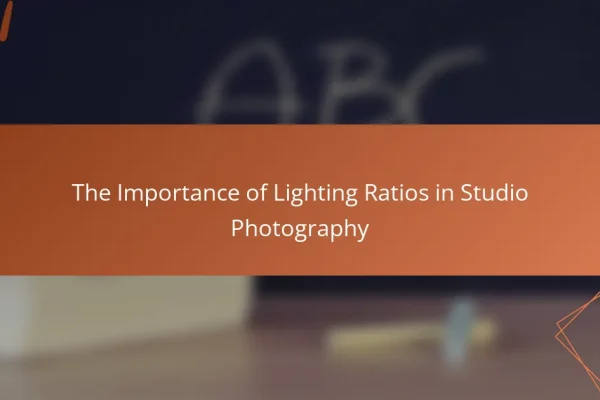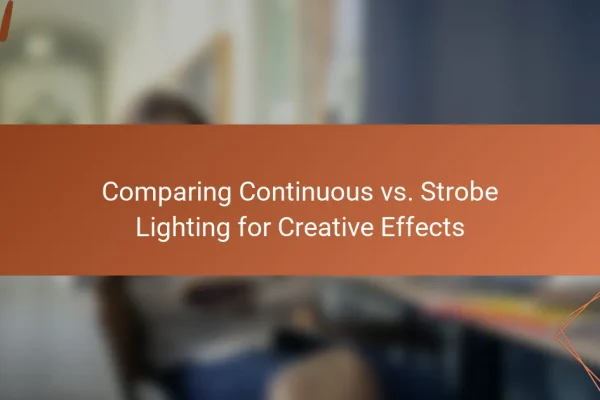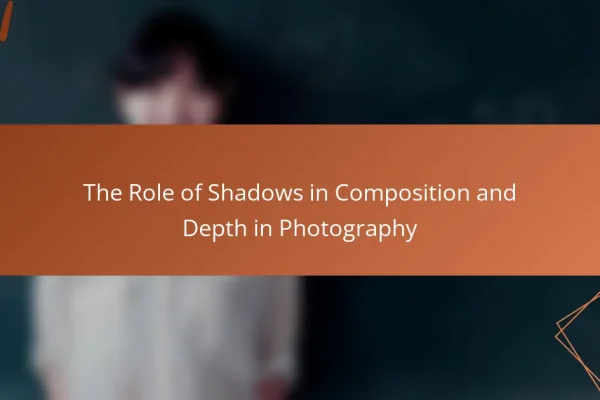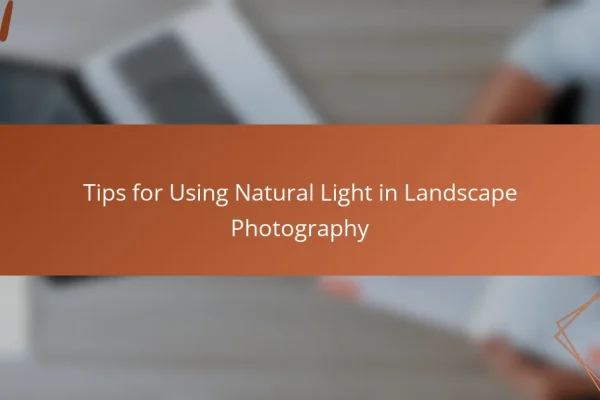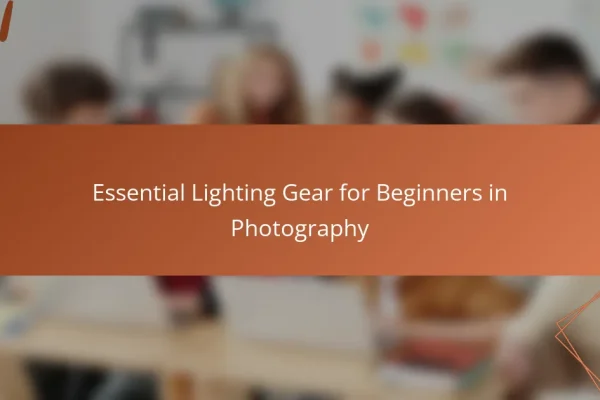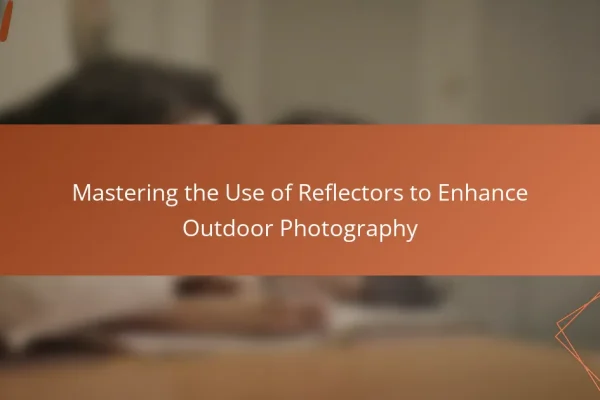
Mastering the Use of Reflectors to Enhance Outdoor Photography
Reflectors are essential tools in outdoor photography that redirect light to enhance the lighting conditions of a subject. They come in various materials and colors, including silver, gold, and white, each producing distinct lighting effects that can reduce shadows and highlight details. Effective use of reflectors involves positioning them correctly to bounce light onto the…
